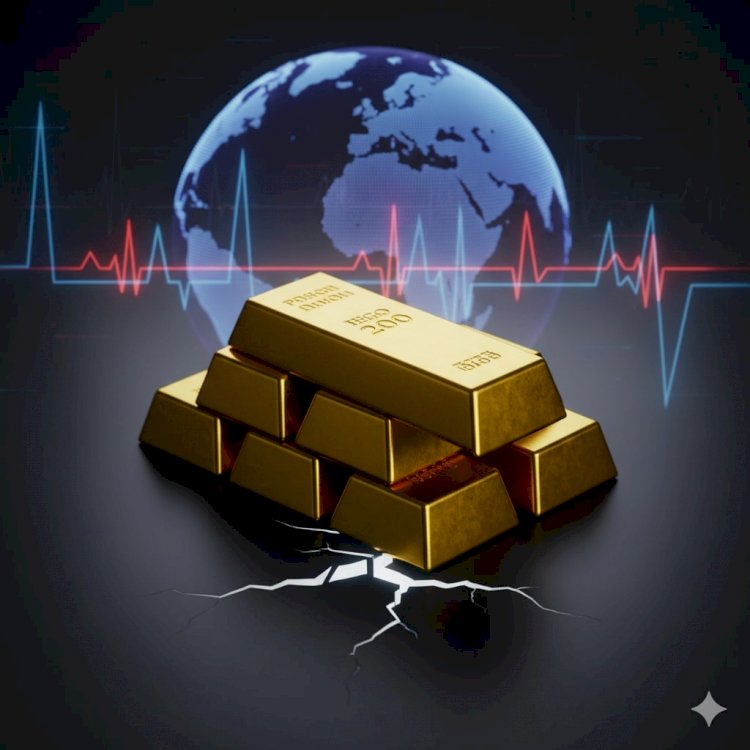The New Gold Standard? Why $4,000 Gold Signals a Crisis of Trust in Global Currencies

October 7, 2025 – The price of gold has not just set a new record; it has pierced a massive psychological barrier, surging past $4,000 per ounce this week. While media headlines focus on the year-to-date gain of over 50%, market analysts are increasingly looking past tactical factors to the structural shifts that suggest this rally is far more than a temporary "safe-haven" rotation.
Gold’s climb is a direct reflection of a growing crisis of trust in global monetary policies and the U.S. dollar system.
A Rally Detached from Traditional Fundamentals
The traditional inverse relationship between gold and interest rates remains a key driver—lower anticipated real yields make the non-yielding metal more attractive. However, this rally is unique because gold prices are continuing to climb even as the U.S. Dollar Index (DXY) has remained relatively resilient, a pattern that some experts find unusual and potentially unsustainable.
The true fuel behind gold's ascent lies in two major structural forces:
-
Central Bank De-Dollarization: Emerging market central banks are aggressively diversifying their reserves. This isn't merely a hedging exercise; it’s a strategic, multi-year shift away from dollar-denominated assets following the increased use of currency as a geopolitical weapon. Data shows central banks have been net buyers for the eleventh consecutive month, providing an institutional floor that cushions the market against speculative pullbacks.
-
Global Fiscal Anxiety: Escalating U.S. fiscal stress, coupled with political polarization (such as the protracted government shutdown), is pushing investors toward gold as a hedge against sovereign debt and instability. This climate has created the unique phenomenon of both stock market optimists (betting on tech) and pessimists (betting on gold) fueling opposing sides of the market, driven by simultaneous hopes for growth and fears of chronic inflation.
Technical Warnings and the Path Ahead
Despite the powerful momentum, analysts caution that the metal is entering "extremely overbought" territory. Technical indicators suggest the price action is parabolic, exceeding levels seen during the 2011 peak and raising the risk of a sharp correction before a sustainable long-term consolidation.
However, the consensus among major financial institutions remains bullish on the long view. Goldman Sachs recently raised its 2026 forecast to $4,900 per ounce, citing continued structural demand. This view is based on the expectation that geopolitical fragmentation and the "dovish" policy bias of central banks will lead to a new era of chronic inflation, where gold remains the premier store of value.
For portfolio managers, gold’s new high is less about quick profits and more about a strategic recalibration. As long as anxiety over policy, debt, and global conflict persists, gold remains the essential hedge against a system under strain.

 content-team
content-team 
















